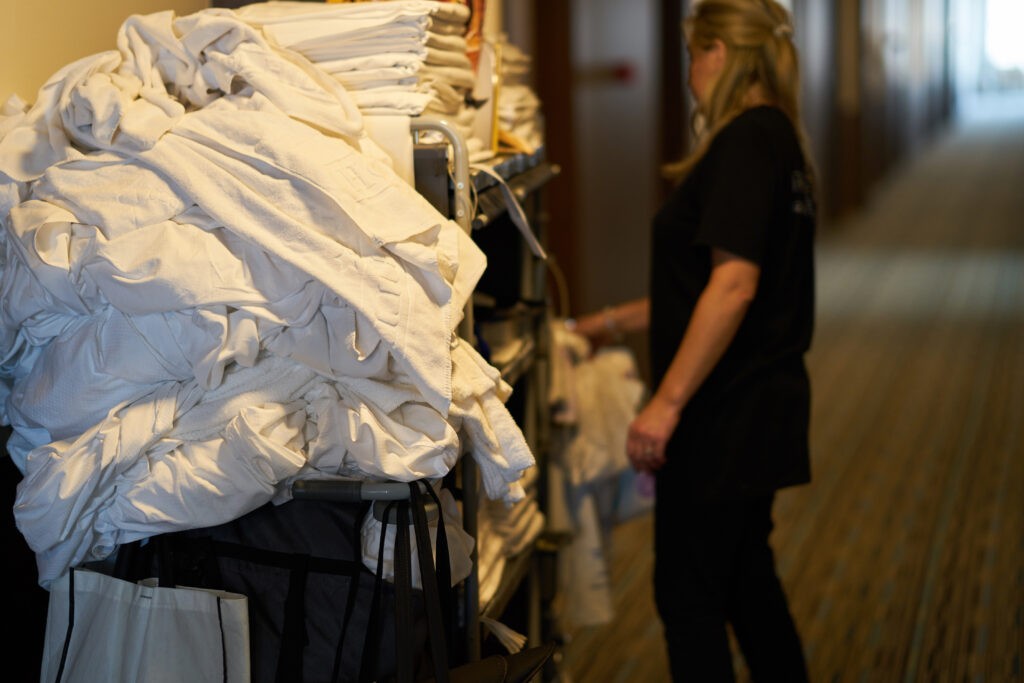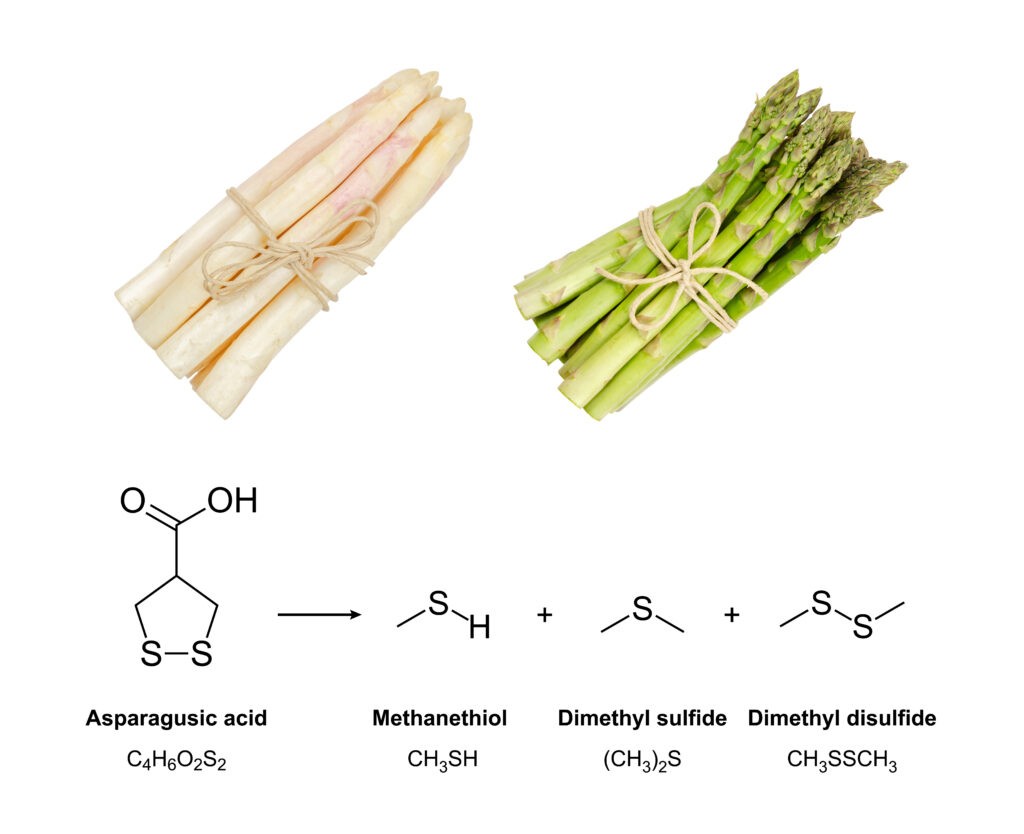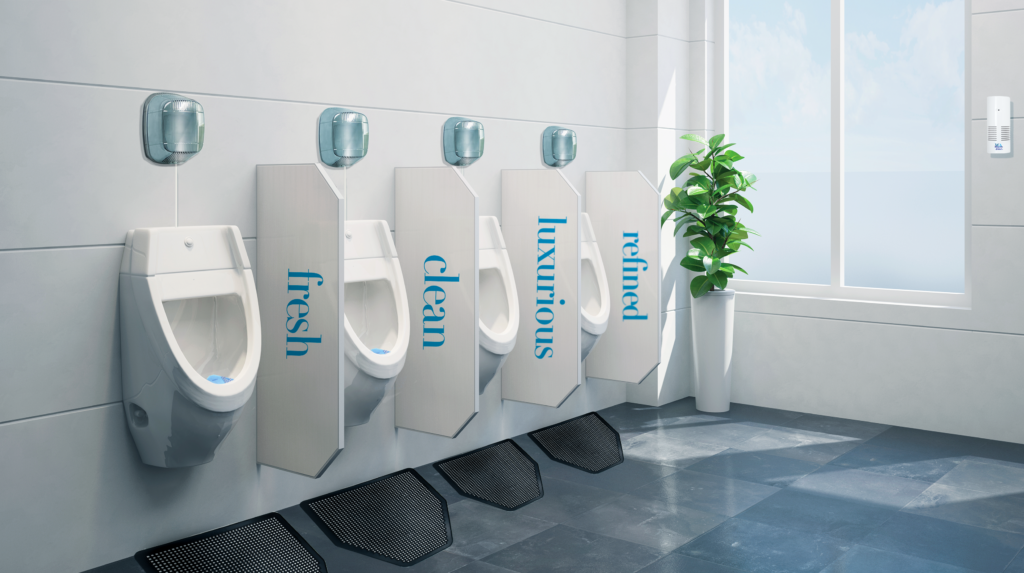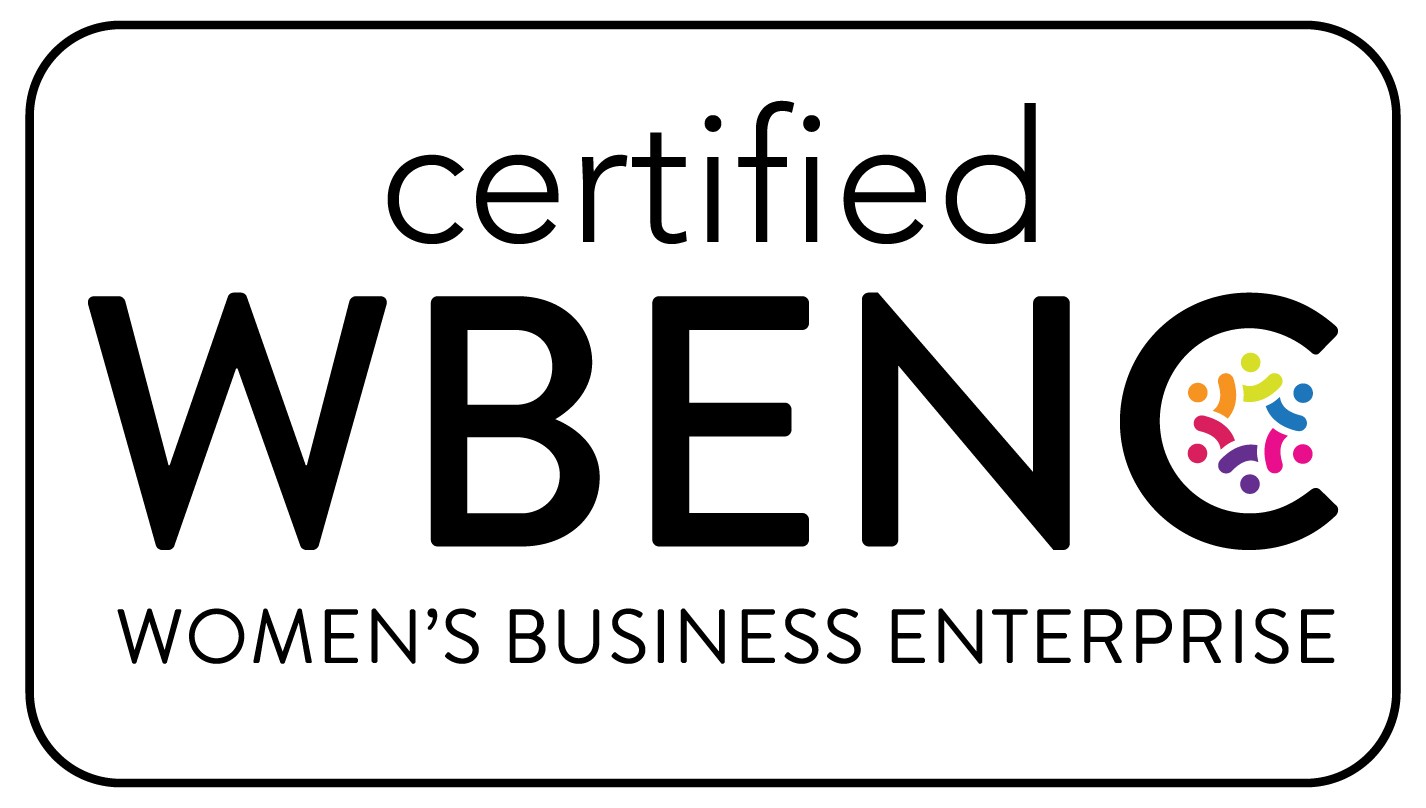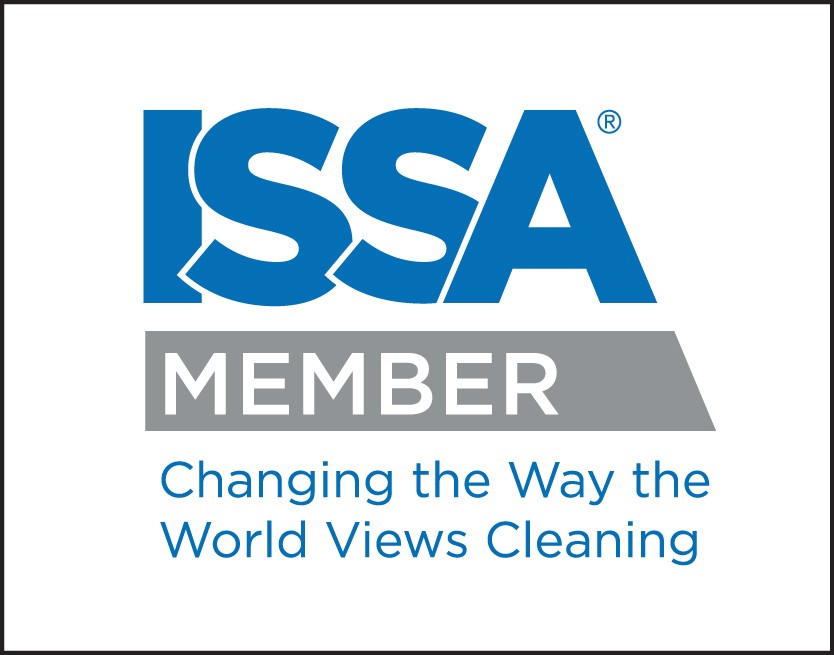What is Odor Control?
Most of us have unwittingly walked into a restroom and found ourselves hit in the face with a horrible stench that caused us to run the other way. It leaves an undeniably bad impression of the facility. OR, if you’ve had the displeasure of living or working near a landfill, paper mill, or a wastewater plant, you’re likely overly familiar with the battle against offensive smells. Fighting odors can be a full time job, literally. Scientists, engineers and chemists devote their entire careers to odor problems. We’re in a constant battle against the foul smells around us.
It’s a vast topic, as there are entire books written on the subject, plus countless studies and research publications. While we can’t cover it all in one blog post, here is a broad overview of odor control and the most common options for getting rid of odors.
Due to the increased attention to malodors in recent years, odor control has become an integral part of maintaining a facility. Odor problems occur across all industries, from food processing to healthcare – from the restrooms to the surrounding communities. Every facility may generate and release bad odors to their surroundings. Understandably, consumers and employees have a negative reaction to odors, leading to complaints, negative reviews, and an overall negative perception of the business.
Odor control encompasses a variety of methods with the end goal of eliminating odors or rendering them imperceptible.
Common Odor-Causing Compounds
We live in a world surrounded by smells. Human have around 300 olfactory receptor genes, whereas a mouse has over 1,000. In the past, scientists greatly underestimated the the human sense of smell. Amazingly, we now know that humans can distinguish over 1 trillion smells!
But what causes all those stinky smells?
Odors are caused by one or more volatilized chemical compounds that we perceive via our sense of smell. Most of the odors produced by humans, animals and waste products are associated with two basic types of compounds: sulfur compounds, including hydrogen sulfide (H2S), and ammonia compounds. Sulfur smells are easy to pick out (think rotten eggs, skunk, burning rubber). You know that cabbage odor of rotting vegetables? That odor is a mercaptan. Mercaptans are sulfur compounds, which are very smelly! Ethyl mercaptan is added to natural gas to make it smell bad for safety reasons.
Mercaptans are in lots of everyday compounds:
- Cabbage-like odor associated with garbage
- Asparagus odor
- Poop odors
- Skunk scent
- Body odor
- Garlic
- Onion
- Dairy and cattle odors
Ammonia is the breakdown product of urea, the waste product in urine. Urea breaks down to ammonia due to the natural presence of the urease enzyme, which also gives fecal matter its odors. Ammonia odors are often found in restrooms and cat litter boxes.
Odors vary in concentration, from below our detection threshold to incredibly pervasive. Complex techniques exist for sampling and quantifying odors (i.e., European Odour Unit, olfactometry, gas chromatography), however in day-to-day life, odors are subjective and we just want them gone!
Odor Control Solutions
There are many ways to treat odor problems. The first part of controlling odors is to operate in a way that reduces the potential of odors. Many facilities have local, state and federal regulations they must follow to minimize odors. Explore new ways to utilize innovative, energy efficient technology. The best options for you will depend on your industry, type of facility and the source of the odor.
Here are some of the techniques used to remove odors:
- Odor Modification – adding additional substances to change the perceived intensity of character of an odor (an odor modifier can be a masking agent, a counteractant or a neutralizer)
- Odor Digesters – using good bacteria and enzymes to digest odors
- Adsorption or Dry Scrubbing – collecting odors on the outside of a surface, such as activated carbon and zeolite to remove odorous gases
- Absorption of Wet Scrubbing – absorbing odorants into a liquid solution
- Biofilters and Chemical Filtration – running gaseous stream through a large bed of soil, compost or peat and let microorganisms degrade odorants as they pass through
- Oxidation – breaking down organic material by adding oxygen (some oxidizers are also stain removers)
- Encapsulants/Sealers – seals odors, preventing them from becoming airborne
Air Freshener vs Deodorizer vs Odor Eliminator
There are tons of products on the market, marketing themselves are “odor eliminator”, “odor neutralizer”, “deodorizer” and “air freshener”. What is the difference between deodorizers and odor eliminators? What is the difference between air fresheners and odor neutralizers? How do you which product to use?
There are two main distinctions in these air care products.
Air Fresheners and Deodorizers
The first category of air fresheners and deodorizers are made to “mask” or cover up odors. This includes the widely available plug-in air fresheners, diffusers and metered aerosols, and passive air fresheners (stick-up air fresheners, clip-on air fresheners, hanging air fresheners, etc). They can deliver high levels of fragrance and the best of them can even successfully cover up odors. However, these air fresheners and deodorizers fail to address the source of the odor problem. Odors will inevitably reoccur once the fragrance loses its strength.
Odor Eliminators and Odor Neutralizers
The second category is odor eliminators and odor neutralizers. Unlike the deodorizers, these products target odors at the source. They act on a molecular level to change the shape of the molecules, rendering them undetectable. This includes product like AeroWest’s Odoff and OdoX. Some odor eliminators have added fragrance, but many are fragrance free.
Each of these categories has its place and serves its own purpose. One is not better than the other. It all depends on the goal you’re trying to achieve.
AeroWest’s Odor Control Services
When you need to get rid of a bad smell in a hurry, we can help!
Our odor control solutions work to prevent and treat odor problems. From portable odor neutralizing systems that kill odors in seconds to automatic cleaning and deodorizing systems, AeroWest has it all. Spray, mop, absorb or diffuse odors away, even in hard-to-reach spaces like grout lines, drains and behind fixtures.
Since 1883, AeroWest has manufactured and serviced odor control, hygiene and scent marketing solutions for fresher, healthier facilities. AeroWest specializes in eliminating odors in restrooms, hospitals, nursing homes, hotels, stadiums, and much more. AeroWest service is available throughout the United States.
Give us a call at 225-302-5570 or message us for more info!

